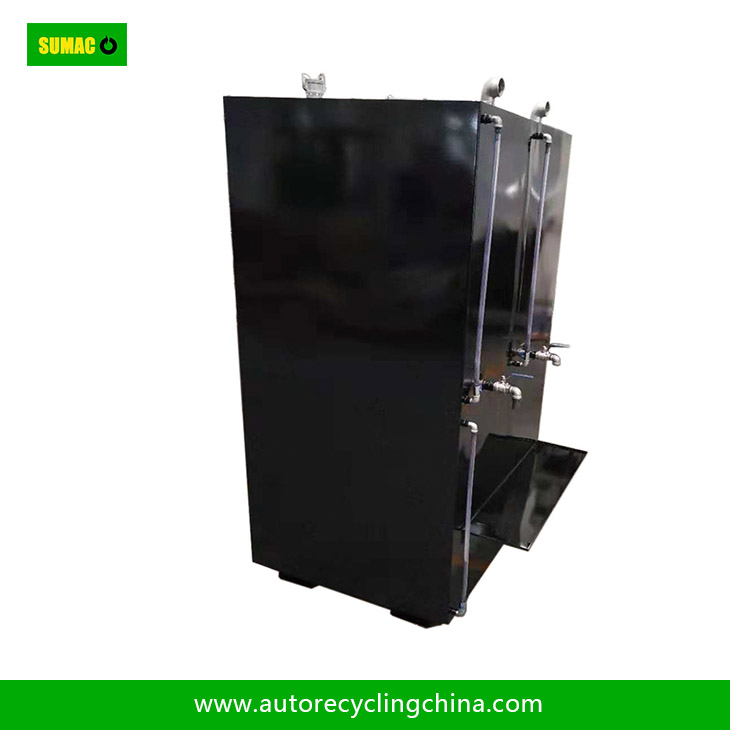How Steel Fuel Tank Passes Safety Certification
2025-05-07
Leave a message
To obtain safety certification for a steel fuel tank, several stringent requirements and processes must be meticulously adhered to.
First, the design of the steel fuel tank must comply with relevant national and international standards. This involves ensuring proper structural integrity to withstand various mechanical stresses during normal use, transportation, and in case of accidents. The tank's dimensions, thickness of the steel material, and the design of critical components such as fuel inlets, outlets, and venting systems need to meet specific design codes. For example, the tank should be able to endure internal pressure fluctuations without rupturing, and the venting system must prevent over - pressurization while avoiding fuel leakage.
Next, material testing is crucial. The steel used in the fuel tank must undergo comprehensive tests to verify its quality and performance. This includes checking the chemical composition of the steel to ensure it has appropriate levels of elements that contribute to strength, corrosion resistance, and durability. Mechanical property tests, such as tensile strength, yield strength, and impact resistance, are also carried out to confirm that the steel can withstand the expected operational conditions.
Manufacturing processes are also strictly inspected. Welding techniques used to assemble the tank components need to meet high - quality standards. Non - destructive testing methods like ultrasonic testing, X - ray inspection, and dye penetrant testing are employed to detect any potential defects in the welds, such as cracks, porosity, or lack of fusion.
After manufacturing, the finished steel fuel tank must pass a series of performance and safety tests. These include leak - tightness tests to ensure there is no fuel leakage under normal and extreme pressure conditions. Fire - resistance tests may also be conducted to evaluate how the tank behaves in the event of a fire, as well as crash - worthiness tests to simulate vehicle accidents and assess the tank's ability to prevent fuel spills.
Finally, manufacturers are required to maintain detailed quality control records and documentation throughout the production process. This includes records of material sourcing, manufacturing procedures, test results, and any corrective actions taken. By fulfilling all these requirements and demonstrating compliance with safety standards, a steel fuel tank can successfully obtain the necessary safety certifications.


